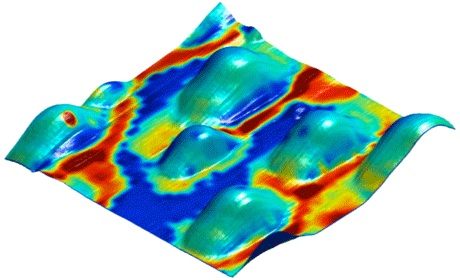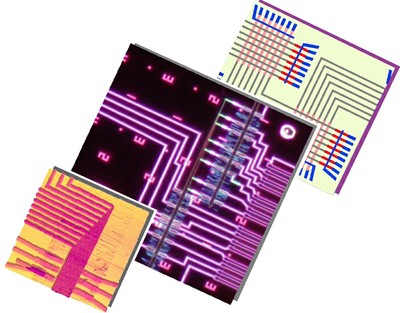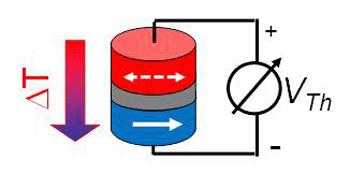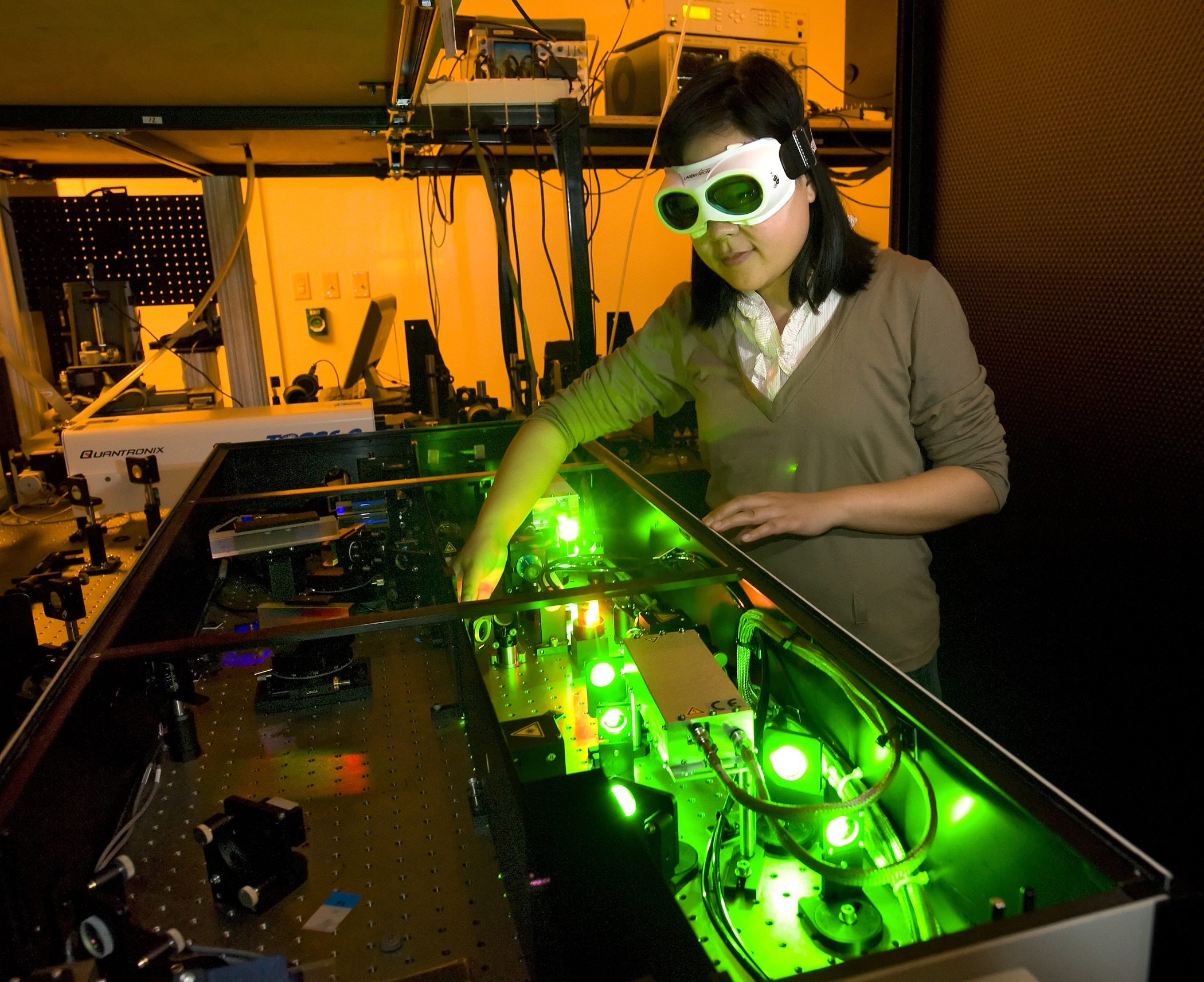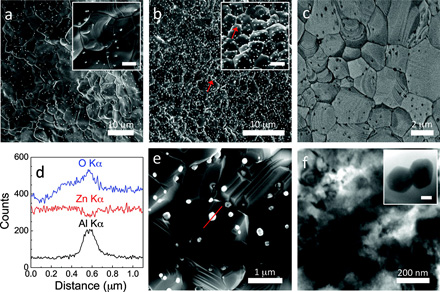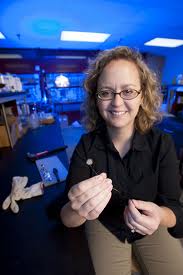How Fuel Cells working on the nanoscale
For the first time, physical chemistry reactions in a fuel cell can now be observed and described in detail on the nanoscale.
This innovation is...
International Collaboration Boosts Nanotechnology Research
Despite their initial focus on national economic competitiveness, the nanotechnology research initiatives now funded by more than 60 countries have become increasingly collaborative, with...
The world’s first programmable nanoprocessor unveiled
Engineers and scientists collaborating at Harvard University and the MITRE Corporation have developed and demonstrated the world’s first programmable nanoprocessor.
The groundbreaking prototype computer system,...
Converting the energy of waste heat occurring in integrated circuits
The heat which occurs in tiny computer processors might soon be no longer useless or even a problem. On the contrary: It could be...
Thinner, better and cheaper solar cells
Do better with less. That is the challenge the researchers of the Swiss Federal Institute of Technology in Lausanne (EPFL) have set for themselves,...
Thermoelectric technology uses auto exhaust heat to create electricity
Researchers are creating a system that harvests heat from an engine's exhaust to generate electricity, reducing a car's fuel consumption.
The effort is funded with...
Ultra-Clean Nanowires and The Development of New High-Efficiency Solar Cells
New ultra-clean nanowires produced at the Nano-Science Center, University of Copenhagen will have a central role in the development of new high-efficiency solar cells...
New cheap nanomaterial to convert heat into electricity
Waste heat is a byproduct of nearly all electrical devices and industrial processes, from driving a car to flying an aircraft or operating a...
Hydrogen fuel available at petrol stations for consumers
Cella Energy was named the UK national winner for the Shell Springboard Awards 2011, for developing a technology which allows hydrogen to be stored...
Nanoparticle network to convert sunlight more efficiently than silicon
A Colorado State University professor has successfully turned a mineral compound into a material that can pass current through a nanoparticle network – an...

